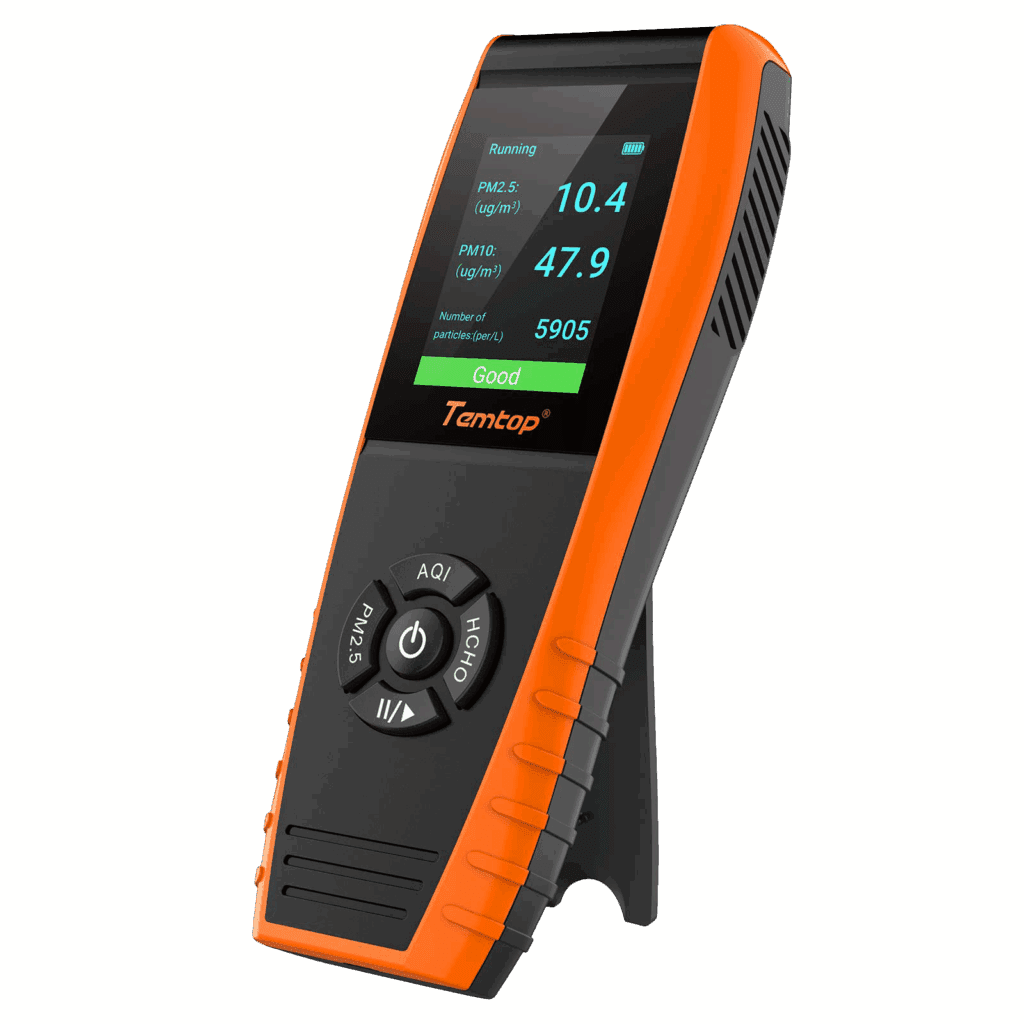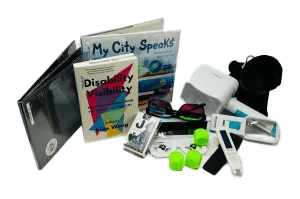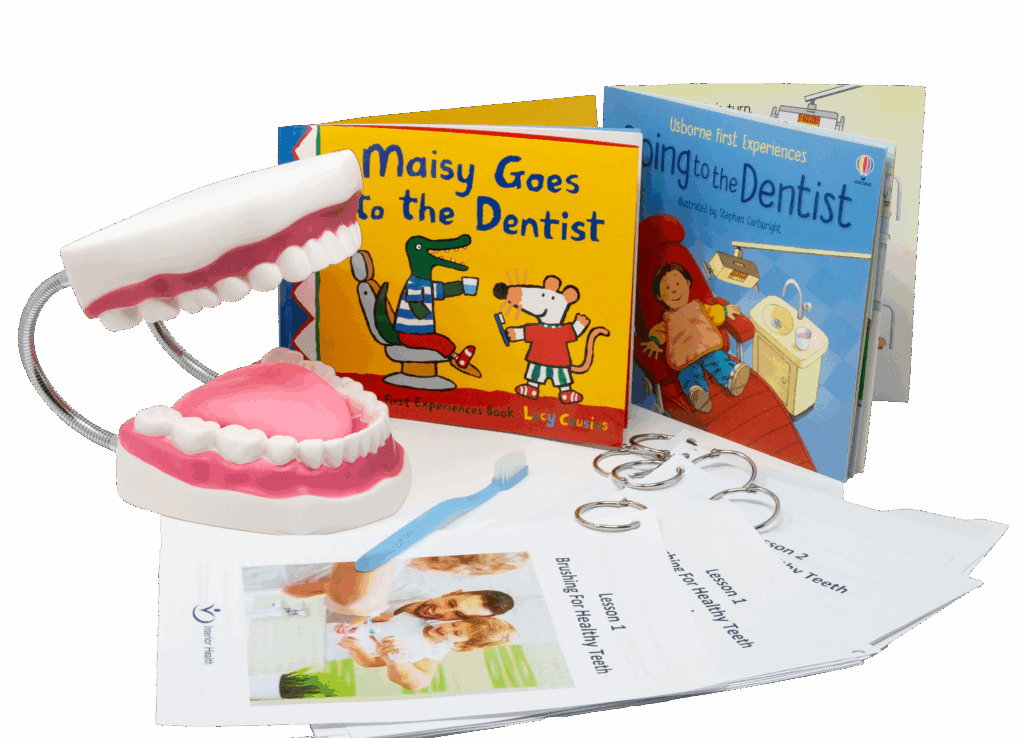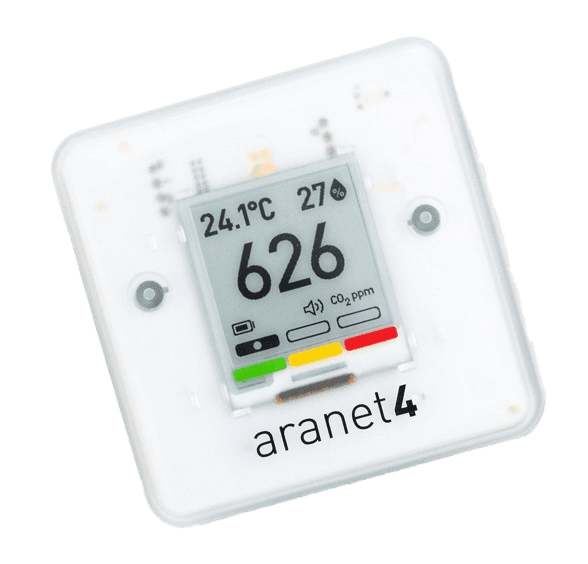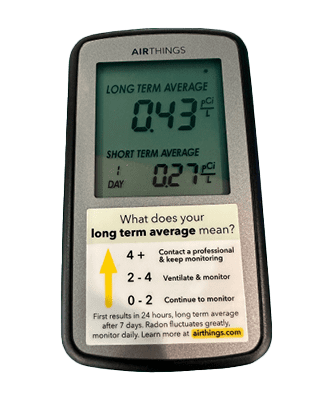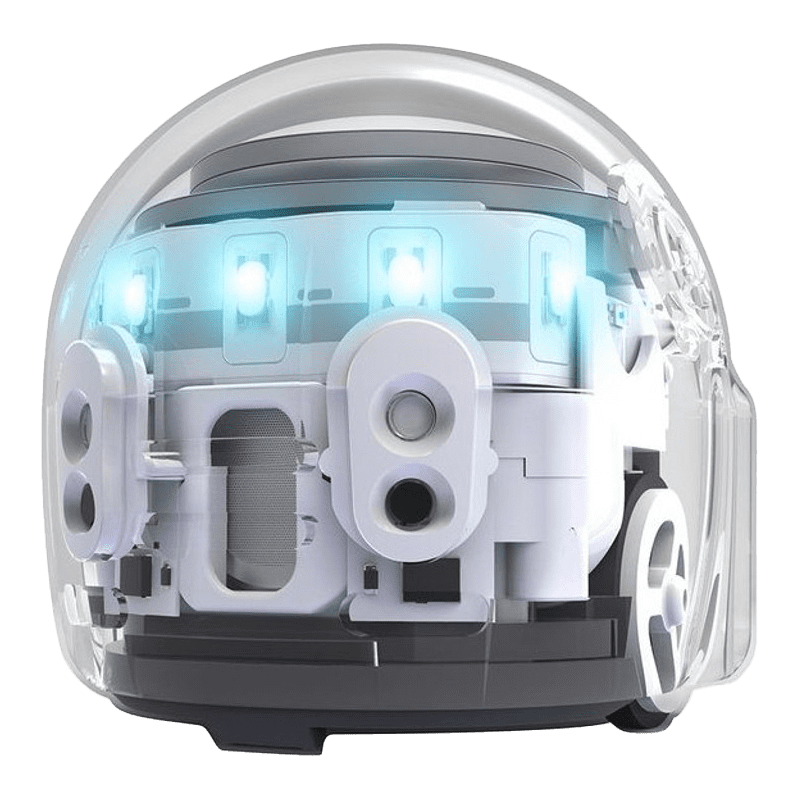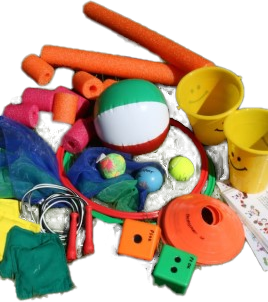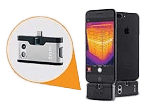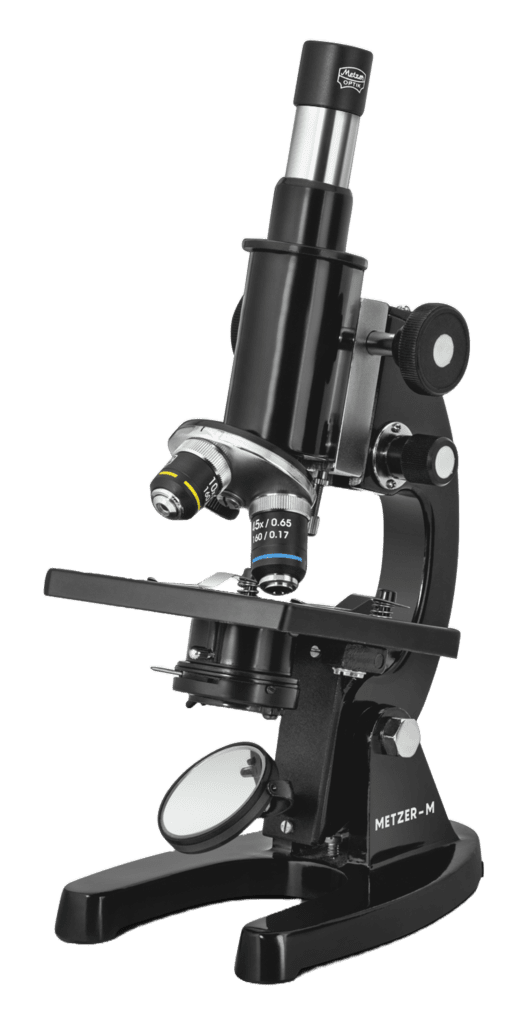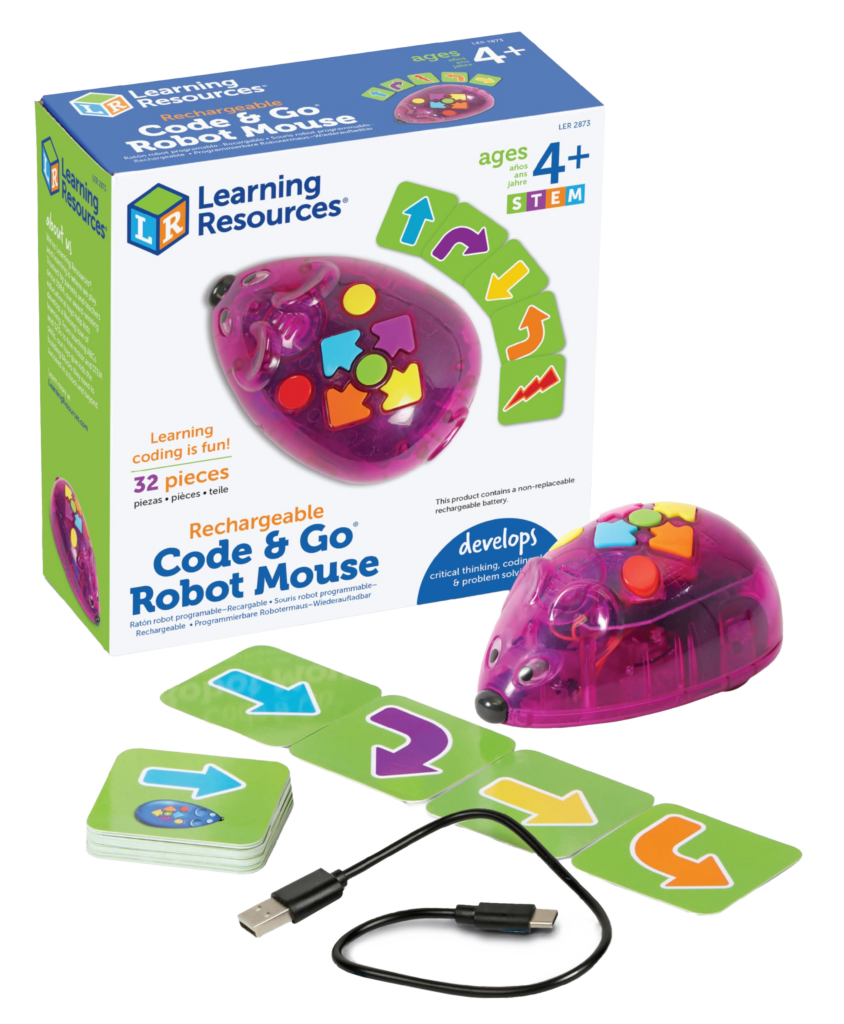Using the Air Quality Monitor Kit
Note: These devices are not carbon monoxide detectors and are not life safety devices.
Take the first step in controlling indoor air pollution by borrowing the Indoor Air Quality Monitor Kit from the Okanagan Regional Library. Knowing indoor air quality levels can help you take steps to improve ventilation or remove pollutants. This lending program is possible through a partnership with the City of Kelowna and Interior Health.
Getting Started
This handheld monitor will help you assess the PM2.5 concentration of your indoor environment (home, workplace, or school, etc.). Use this monitor with caution.
1. Familiarize Yourself with the Monitor by reading the User Manual: https://drive.google.com/file/d/1hs1gu_F8ckXmPuShuXikfEyfmRINNuHR/view
2. Press and hold the power button for two seconds to turn on/off the monitor (Note: if the battery level is low as indicated in the top right corner of the display, charge the monitor by plugging it into a double USB port using the charging cable provided.).
3. Click the PM2.5 button.
4. Leave the monitor running and in place for several hours to ensure you are getting the most accurate reading.
Note: the monitor also has buttons for the Air Quality Index (AQI) and formaldehyde (HCHCO). This program does not address those indicators, however more information on AQI and HCHO can be found in the User Manual.
Things to Try at Home
• Test PM2.5 levels in different rooms
• Turn on a fan for a few hours and see how the reading changes
• Have the monitor on in the kitchen while you cook and see how that changes the PM2.5 levels. See the difference it makes using the fan vent on top of your stove.
• Compare to the outdoor air quality (https://aqmap.ca)
Why Should I Care about Air Quality
Air quality is determined by the level of pollutants in the air. The Okanagan generally has good air quality, however smoke from residential wood burning, open burning, wildfires, vehicle exhaust and dust contribute to air pollution. Air quality can vary greatly by location, from hour to hour, from outside to inside of buildings, and even between indoor buildings.
Sources of pollution
Particulate matter is the air pollutant of greatest concern to the health of the BC Population.In general, the smaller
particles – PM2.5 – tend to be more harmful than larger particles – PM10.
Visit https://www.healthlinkbc.ca/healthlinkbc-files/particulate-matter-and-outdoor-air-pollution for more information on particulate matter.
Health Effects
People respond differently to varying levels of air quality, and some people are at higher risk of experiencing negative health effects. Those at greater risk include:
• People with chronic lung/heart disease
• Unborn babies
• Children
• Older adults
Short term exposure to PM2.5 can irritate the eyes, nose, throat and lungs. It may also cause symptoms such as wheezing, coughing and shortness of breath. PM2.5 has been shown to cause medical conditions such as asthma, chronic obstructive pulmonary disease and heart disease. High levels of PM2.5 has been linked with increases in medical visits, hospital admissions and premature death.
Indoor Air Quality
Air pollutants can move from outdoors or come from indoor sources, impacting indoor air quality. The BC Lung Foundation’s Healthy Indoor Environments Program notes that Canadians spend 90% of their day indoors. The air we breathe indoors can contain pollutants such as particulates, gases (like radon), allergens and fumes that can significantly impact our health in both the short and long term.
Health Canada recommends that indoor levels of PM2.5 should be kept as low as possible, as there is no apparent threshold that is fully protective against the health effects of PM2.5.
Guidance for Cleaner Air Spaces during Wildfire Smoke Events
BC Lung Foundation: Healthy Indoor Environments Program
Understanding Air Quality and What it Means to Your Health
The Air Quality Health Index (AQHI) is used in Canada to explain what the air quality around you means to your health. When the AQHI index reaches 7 (high health risk), it is often because of high concentrations of smoke particles (PM2.5) in the community.
In general, indoor PM2.5 levels are lower than those seen outdoors, however during smoke events, indoor PM2.5 levels can reach levels high enough to be of significant health concern.
To stay updated on AQHI levels in your community, subscribe to get text or email alerts for Smoky Skies Bulletins and Air Quality Advisories: https://aqss.nrs.gov.bc.ca/subscription.html.
The following table shows how various PM2.5 levels correspond to the different levels of AQHI and associated health messaging.
Tips to Improve your Indoor Air Quality
There are three main ways to improve indoor air quality:
1. Control the source
• Remove the source of pollution or reduce the level of emissions. Possible sources include biological contaminants (e.g., dust, pollen, mold), combustion by-products (e.g., smoke, vehicle exhaust, carbon monoxide, radon), and volatile organic compounds (VOCs) (e.g., off-gas from new furnishings and carpet, paint, household cleaners).
• Exchange old wood appliances with cleaner models (e.g., electric or EPA emission-certified wood appliances). For rebates and eligibility visit: https://www.rdco.com/airquality
• Keep doors, windows, and fireplace dampers shut.
• Avoid smoking cigarettes, burning candles or incense, using wood stoves, and vacuuming during smoky periods (each of these causes unhealthy particulates to circulate in your indoor air)
Note: the TemTop monitors offered in this program do not measure radon gas. The Okanagan Regional Library offers Digital Radon Detector Kits for loan. This tool will provide a snapshot of radon levels. For a more comprehensive assessment follow-up with a 90-day test kit.
Note: The temptop monitors offered in this program do not measure radon gas. The Okanagan Regional Library offers Digital Radon Detector kits for Loan. (QR code to ORL LOT Radon Kit)
2. Improve ventilation and building airtightness
• On days when outdoor air quality is very poor, such as during wildfire/smoke events, consider limiting airflow from outdoors for a short period of time.
• Leaky windows, walls, ductwork, doors, louvers, and roofs not only allow heat to escape, cold or smoke to come in, they can also allow condensation to form, which can lead to mould growth. Check the weep holes, cracked caulking, and fix windows seals and frames. Ventilation is key to ensuring the air within your home is healthy and safe. Take a tour to see how to improve indoor air: https://ventilation.scoutenvironmental.com/.
3. Clean the air
• Purchase or make an air filter
o Get a high efficiency particulate air (HEPA) filter for your home.
o Make your own low-cost air cleaner. The Pacific Institute on Pathogens, Pandemics and Society (PIPPS) and BC Lung Foundation created a simple Step-by-Step guide that teaches people how to make their own air cleaner units for less than $100. See “Air Purifiers” in the Resources section for the link to the guide.
• Ensure your heating or cooling system has proper filtration
o Your homes heating, ventilation, and air-conditioning (HVAC) system should be equipped with filters with the highest minimum efficiency reporting value (MERV) rating allowed by the system to ensure maximum filtration of incoming air. A MERV value of 13 or more is recommended to remove fine particulate matter.
o Check the owner’s manual or consult an HVAC technician to determine the best MERV rating for your home and HVAC system.
o Be sure to have filter replacements available. During prolonged smoke events, the filter’s efficiency could be affected. It is recommended that most filters be changed two to four times a year and higher efficiency filters once annually.
o During wildfire/smoke events, use air conditioners on the recirculation setting so outside air will not be moved inside.
Library of Things – Radon Detector Kit
Resources
• Air Purifiers
o Low-cost “DIY” Air Cleaners: BCCDC_WildFire_FactSheet_BoxFanAirFilters.pdf
o Portable Air Cleaners: BCCDC_WildFire_FactSheet_PortableAirCleaners.pdf
• Air quality information and programs
o Interior Health Air Quality Information: https://www.interiorhealth.ca/health-and-wellness/environmental-health-and-hazards/air-quality
o Healthy Indoor Environments Program: https://bclung.ca/programs-initiatives/healthy-indoor-environments-program
o Air Quality Health Index (AQHI): https://www.env.gov.bc.ca/epd/bcairquality/data/aqhi-table.html
o Regional District of Central Okanagan Air Quality: https://www.rdco.com/en/environment/air-quality.aspx
o Information on particulate matter and outdoor air pollution: https://www.healthlinkbc.ca/healthlinkbc-files/indoor-air-quality-mould-and-other-biological-contaminants
Community Wood Smoke Reduction Program: https://www.canada.ca/en/health-canada/services/publications/healthy-living/guidance-cleaner-air-spaces-during-wildfire-smoke-events.html
• Incentives and rebates to improve your home:
o CleanBC rebates: https://www.betterhomesbc.ca/
o Natural Resources Canada energy efficiency for homes: https://natural-resources.canada.ca/energy-efficiency/homes/20546
o FortisBC rebates: https://www.fortisbc.com/rebates-and-energy-savings/saving-energy-in-your-home
• Purchasing air quality monitors
o The most complete guidance on using inexpensive sensors is from the United States Environmental Protection Agency: https://www.epa.gov/air-sensor-toolbox
o Here are a couple of links to air quality monitors, for reference only. We suggest doing thorough research to choose one that suits your needs:
o Temtop: https://temtopus.com/
o PurpleAir: https://www2.purpleair.com/
• Ventilation and airtightness
o Air Sealing Your Home: https://www.energy.gov/energysaver/air-sealing-your-home
o Building Envelope Thermal Bridging Guides: https://www2.bchousing.org/research-centre/library/residential-design-construction-guides/building-envelope-thermal-bridging
o Information on mould and other biological contaminants: https://www.healthlinkbc.ca/healthlinkbc-files/indoor-air-quality-mould-and-other-biological-contaminants
o Guide to addressing moisture and mould indoors: https://www.canada.ca/en/health-canada/services/publications/healthy-living/addressing-moisture-mould-your-home.html
• Wildfire and Smoke Information
o BC Centre for Disease Control (BCCDC) Wildfire Smoke webpage: http://www.bccdc.ca/health-info/prevention-public-health/wildfire-smoke
o Information on PM2.5 as it relates to wildfires: BCCDC_WildFire_FactSheet_CompositionOfSmoke.pdf
o Information on PM2.5 and air quality levels: BCCDC_WildFire_FactSheet_SmokeAndAirQuality.pdf – this resource provides information on what to do with the PM2.5/air quality readings and shares some health messages.
o Information on extreme heat: BCCDC_WildFire_FactSheet_HotWeather.pdf
o Information on what steps can be taken if you want to create a cleaner space at home during wildfire smoke events: https://www.canada.ca/en/health-canada/services/publications/healthy-living/guidance-cleaner-air-spaces-during-wildfire-smoke-events.html

Tell us what you thought!
We want to know all about your experience using this Library of Things kit at home. Please take a few minutes to fill out this short survey.
Lending Policy
- Each Carbon Dioxide Monitor Kit can be borrowed for 2 weeks.
- 1 renewal if no one else is waiting for the item.
- The borrower is responsible for lost, missing, and damaged pieces.
- Return the kit to a staff member at the front desk of your nearest ORL location. Do not use the book drop or leave them outside the library.
- BC One Card patrons: Carbon Dioxide Monitor Kits must be checked out and returned to one of the Okanagan Regional Library branches.

